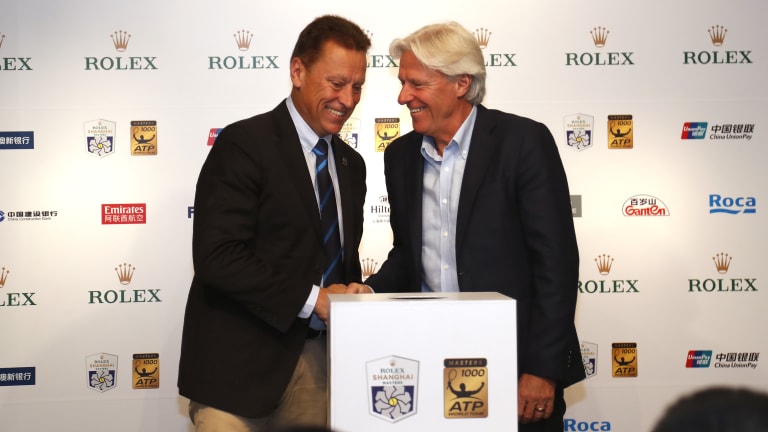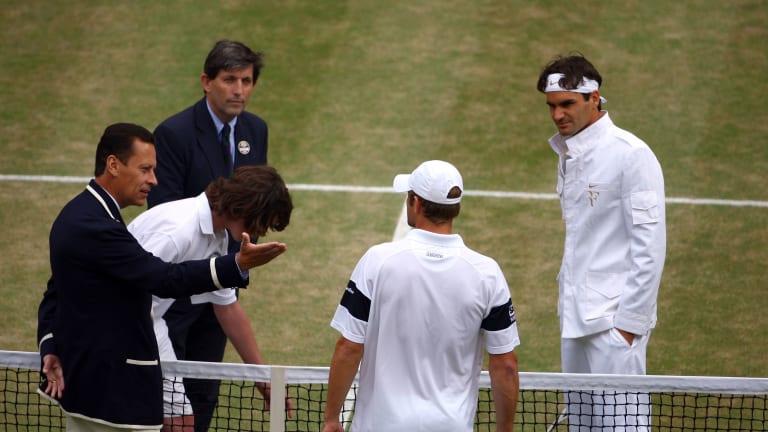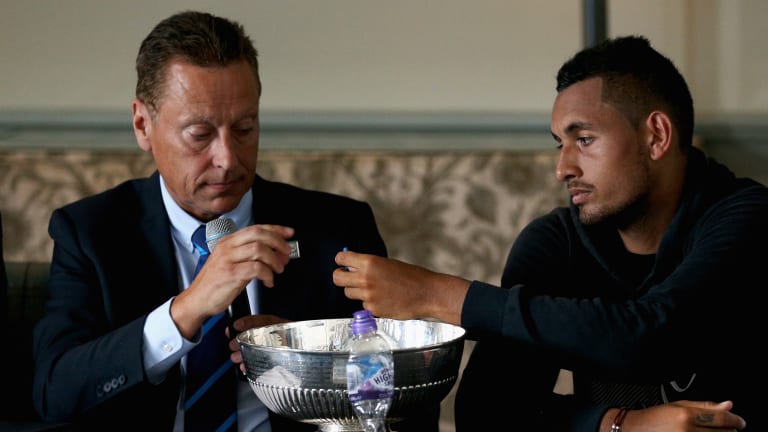All through the 1990’s and up until the end of 2012, he established himself among the elite as a chair umpire with unparalleled gravitas. Thereafter he became a top-of-the-line supervisor on the ATP Tour, exhibiting the same level of professionalism in that capacity, making a seamless transition to a different branch of officiating. Enlarging his stature with every passing year, Lars Erik Magnus Graff was named Vice President of the ATP in January 2020.
It seemed entirely possible that Graff would remain in the hierarchy at the ATP for the rest of his career. But he was offered the prestigious post of Co-Tournament Director at the China Open in Beijing, an ATP 500 and WTA 1000 event. He had not anticipated such a move, but this particular challenge was irresistible. Graff officially accepted in August 2020.
“They gave me a nice offer and I saw it as a great opportunity because the WTA 1000 is one of their four biggest tournaments [outside the Grand Slams],” Graff explains. “The ATP 500 has the most prize money [at that level] and they pay a lot of guarantees to the big guys. It is a tournament I n the biggest country in the world with the second largest economy. It couldn’t go wrong.
“And then it went completely wrong.”
He was referring to Covid-19, of course, and the cancellations of the 2020 and even more so the 2021 Beijing events. But Graff has still found himself immersed over this span in the shaping of a loftier future for Beijing. In turn, the ATP asked him to continue as a supervisor during the pandemic. He worked the 2020 Cincinnati tournament [held in New York], the US Open, more tournaments in the fall and the ATP Finals. This year the ATP requested that he work some more.
Its relationship with Graff has always been remarkable, based entirely on mutual respect.
“Miami was my officially my last tournament working for ATP,” says Graff. “They had told me it was no problem for me to work for them because it is difficult when you are in America during a pandemic. It was awkward at first because when Beijing was interviewing me for the job I had just been appointed Vice President at the ATP. I told the Chinese, ‘For me to leave the ATP it must be something extraordinary. It is not like I can easily say goodbye after 26 years. I have my heart and soul at ATP. I love the organization.’ Beijing told me this would be a better job for me because I would still be involved in the sport and I could travel to all of the big tournaments and every Grand Slam tournament as a representative of the tournament.”




